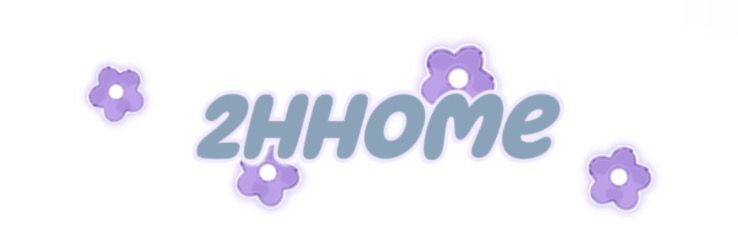Dam Parts vs. Functions: Understanding Their Essential Roles
Apr. 01, 2025
Dam Parts vs. Functions: Understanding Their Essential Roles
Are you interested in learning more about dam parts and functions? Contact us today to secure an expert consultation!
Dams play a crucial role in water resource management, flood control, and hydroelectric power production. To appreciate their importance, it's essential to understand both the components that make up a dam and the functions they serve. This article will delve into the various parts of a dam and explore how they operate together to achieve their intended purposes.
What is a Dam?
A dam is a large structure built across a river or stream to control the flow of water. It creates a reservoir, which can be used for various activities like irrigation, recreation, and energy generation. The intricate design and construction of a dam are vital for ensuring its effectiveness and safety.
Key Components of a Dam
Understanding the primary parts of a dam helps clarify how they contribute to its overall functionality. Here are the main components:
1. Foundation
The foundation of a dam is its most crucial element. It provides stability and support, ensuring that the structure can withstand the immense water pressure exerted on it. A solid foundation is typically built from rock or reinforced concrete, designed to address the geological conditions of the site.
2. Wall or Embankment
Dams can be classified as gravity, arch, or embankment dams, depending on their wall design. The wall or embankment holds back the water and is often built from concrete, earth, or rock materials. This structure is engineered to resist the horizontal pressure of the water and prevent failure.
3. Spillway
One of the essential functions of a dam is flood control. The spillway is a vital component that allows excess water to flow safely over or around the dam. Designed to handle sudden increases in water volume, spillways prevent structural damage and downstream flooding. They come in various designs, including gated, un-gated, and chute spillways.
4. Intake Structure
The intake structure controls the flow of water into the penstock, which is necessary for hydroelectric power generation. This part of the dam ensures that water is directed into turbines efficiently, allowing for the conversion of kinetic energy into electrical energy. Its design is crucial for maintaining optimal water flow and pressure.
5. Penstock
The penstock is a large pipe that conveys water from the reservoir to the turbines. It has a significant influence on the efficiency of electricity production. Proper maintenance of the penstock is vital, as blockages or leaks can severely impact power generation.
6. Turbines and Generators
Turbines transform the energy from flowing water into mechanical energy, which is then converted into electrical energy by generators. Various types of turbines exist depending on the water flow rate and pressure, with each type uniquely suited to specific conditions.
7. Floodgates
Floodgates are used for managing water levels in the reservoir. By adjusting these gates, operators can control water release to balance capacity, mitigate flooding risk, and manage water supply for irrigation and other uses.
The Functions of a Dam
While the parts of a dam provide structural integrity, their functions play an equally crucial role in the dam's purpose. Let's explore some of these functions:
1. Water Storage
Dams create reservoirs that store significant amounts of water for various uses. This stored water can be strategically released for agricultural irrigation, municipal water supply, and industrial needs, helping to manage water resources effectively.
2. Flood Control
One of the most critical functions of a dam is to mitigate flooding. By controlling the flow of water, dams help prevent downstream flooding that can cause property damage and endanger lives. The spillway is particularly important in this aspect, as it safely channels excess water away from the dam.
3. Hydroelectric Power Generation
Dams are often integral to producing renewable energy through hydropower. The kinetic energy from flowing water drives turbines, generating electricity without the emission of greenhouse gases. This sustainable energy source plays a vital role in reducing dependence on fossil fuels.
4. Recreation
Many reservoirs created by dams offer recreational opportunities such as boating, fishing, and swimming. These activities not only contribute to local economies but also promote outdoor enjoyment and environmental appreciation.
5. Irrigation
Dams provide a reliable water supply for agricultural farmers. The controlled release of water ensures that crops can be nurtured, particularly in arid regions where natural rainfall is insufficient.
Conclusion
Grasping the intricacies of dam parts and their functions reveals the engineering marvel behind these structures. It’s clear that each component plays a significant role in maintaining water resource management, flood control, and energy generation. As we continue to face the challenges of climate change and growing populations, the importance of understanding dams and their functionality cannot be overstated.
By appreciating the essential roles of each component, we gain insight into how these infrastructures not only protect our environment but also enhance our quality of life. Whether you are a student, engineer, or just an interested reader, understanding the interaction between dam parts and their functions is fundamental in recognizing the importance of this vital resource.
If you are looking for more details, kindly visit hydraulic steel dam supplier.
13
0
0

Comments
All Comments (0)